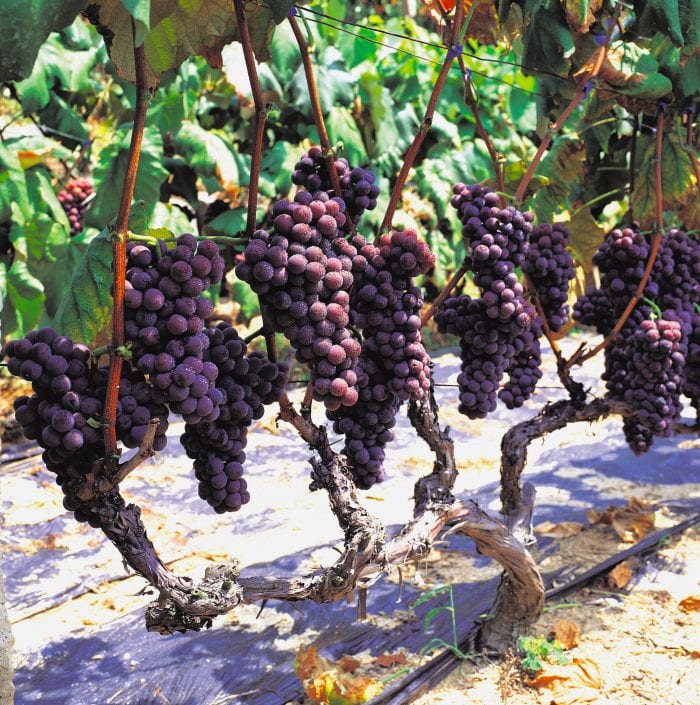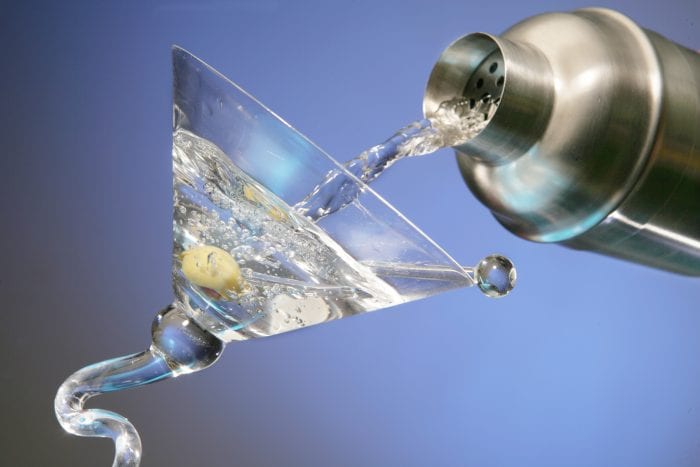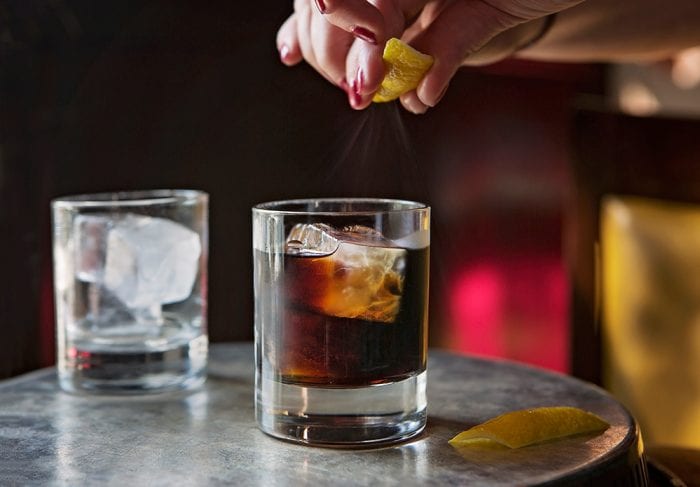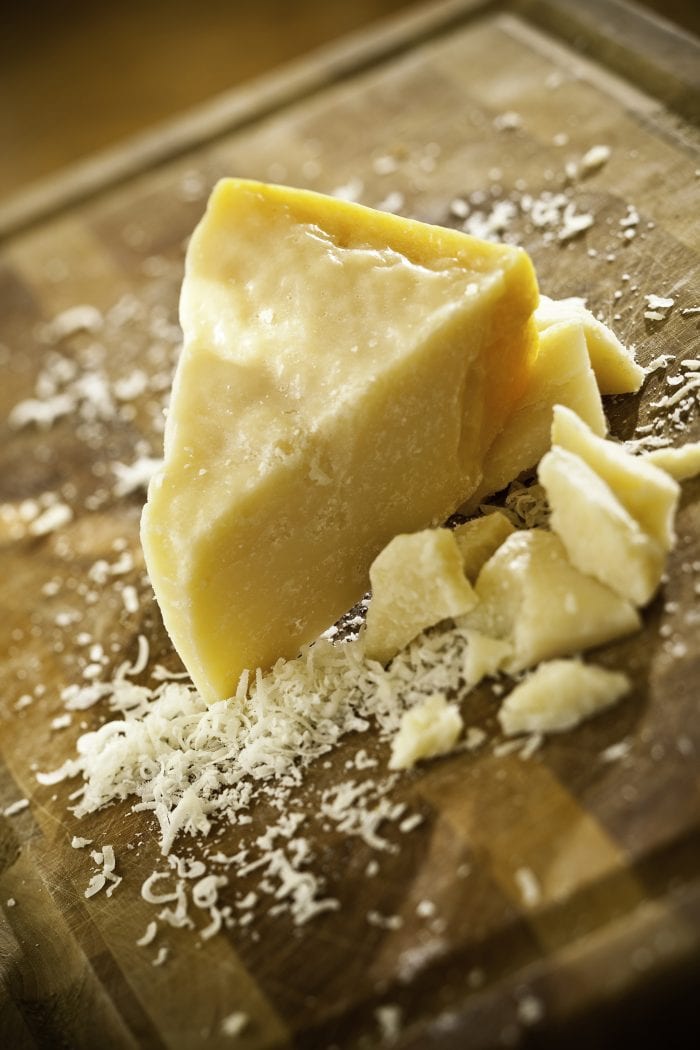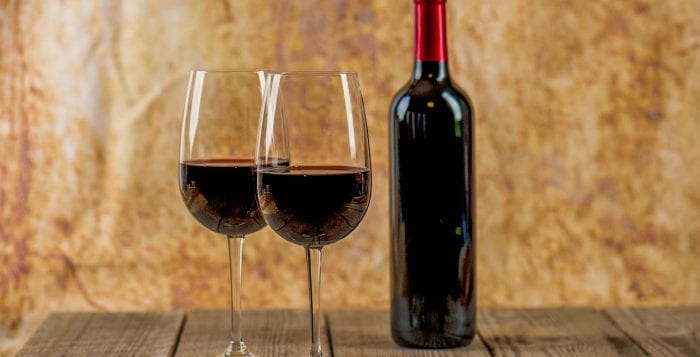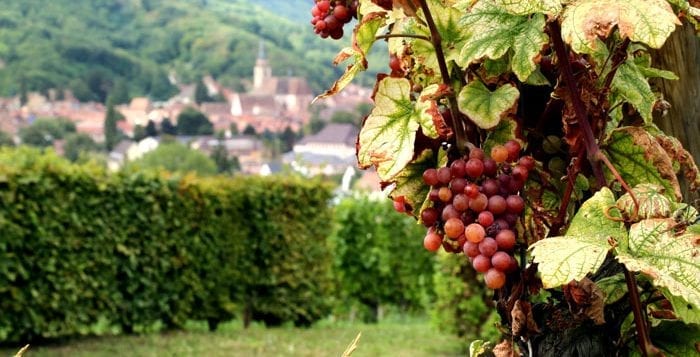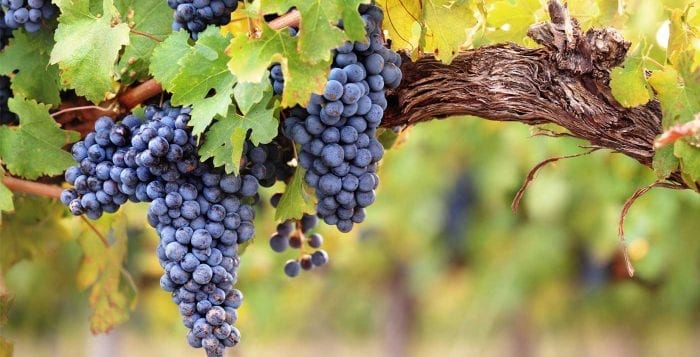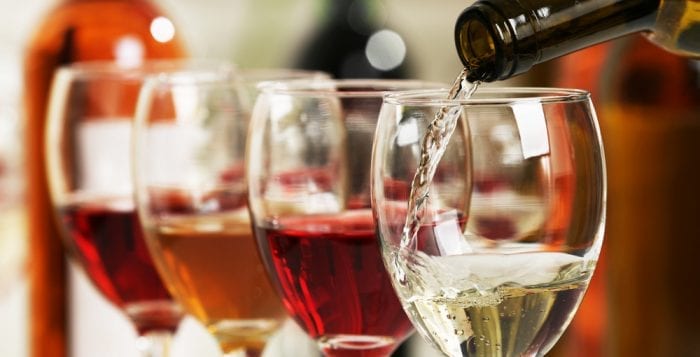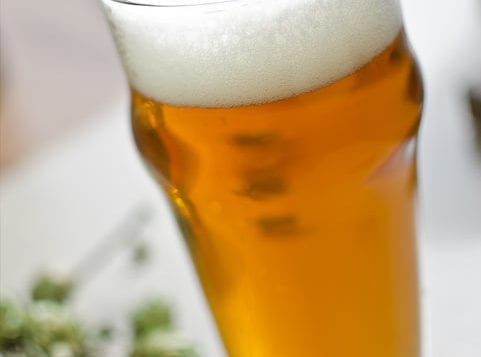By Bob Lipinski

Pinot Grigio is the number one selling white wine from Italy and has been for many years. This fruity, easy-to-drink, dry to off-dry wine is made throughout the world with the bulk coming from Northern Italy.
The popular wine has been grown in Italy since the beginning of the nineteenth century, when it was first introduced in Piedmont. Cultivation of the grape moved eastwards over the decades and now finds its home in the Tre Venezie, a term used to describe the three contiguous northeastern regions of Friuli-Venezia Giulia, Veneto, and Trentino-Alto Adige. The Tre Venezie offers a combination of geography and climate well suited to producing high-quality grapes.
Pinot Grigio is a thin-skinned, medium acid white grape. The grape’s skin color ranges from a bluish gray to a delicate pink. During winemaking, the grapes are crushed releasing a clear juice, which is fermented minus the skins, which would otherwise add some color.
In some wine shops you can find examples of Pinot Grigio made with limited skin-contact, which are copper-colored. These wines have a greater depth of color and flavor. The Italian term for this copper-colored wine is ramato. Besides Pinot Grigio, another white wine that is made from pinkish-colored grapes is Gewürztraminer.
Grapes, like people, sometimes have alternate names; for example, Bill, Billy, Will, or Willie instead of William. Depending on their place of origin, grapes can have several or even sometimes over 100 different synonyms (names). An example is Pinot Grigio and Pinot Gris; same grape but different names depending on where it is grown. Other synonyms for Pinot Grigio are Grauer Burgunder and Ruländer (Austria and Germany).
This particular wine is pale straw-yellow in color, with light green reflections. It has a delicate aroma and flavor of apples, citrus (lemon, lime, tangerine), figs, kiwi, lychee, melon, nectarine, passion fruit, pears, watercress, and white peach. Its aftertaste is of almonds and hazelnuts.
Pinot Grigio can be paired with many types of cheese. Some of my favorites from Italy are Asiago, Bagozzo, Bel Paese, Burrata, Burrini, Fontina, Montasio, Mozzarella, Parmigiano-Reggiano, Pecorino, Robiola Piemonte, and Scamorza.
There are hundreds of brands of Pinot Grigio available in the U.S. coming from dozens of countries. Some recommended Italian Pinot Grigio brands are Alois Lageder, Eugenio Collavini, Dorigo, Barone Fini, Ronco delle Betulle, Ca’ Montini, Càvit, Ecco Domani, Elena Walch, Livio Felluga, Marco Felluga, Maso Canali, Jermann, J. Hofstätter, Santa Margherita, Santi, and Zonin.
Bob Lipinski is the author of 10 books, including “101: Everything You Need To Know About Whiskey” and “Italian Wine & Cheese Made Simple” (available on Amazon.com). He conducts training seminars on Wine, Spirits, and Food and is available for speaking engagements. He can be reached at www.boblipinski.com OR [email protected].

